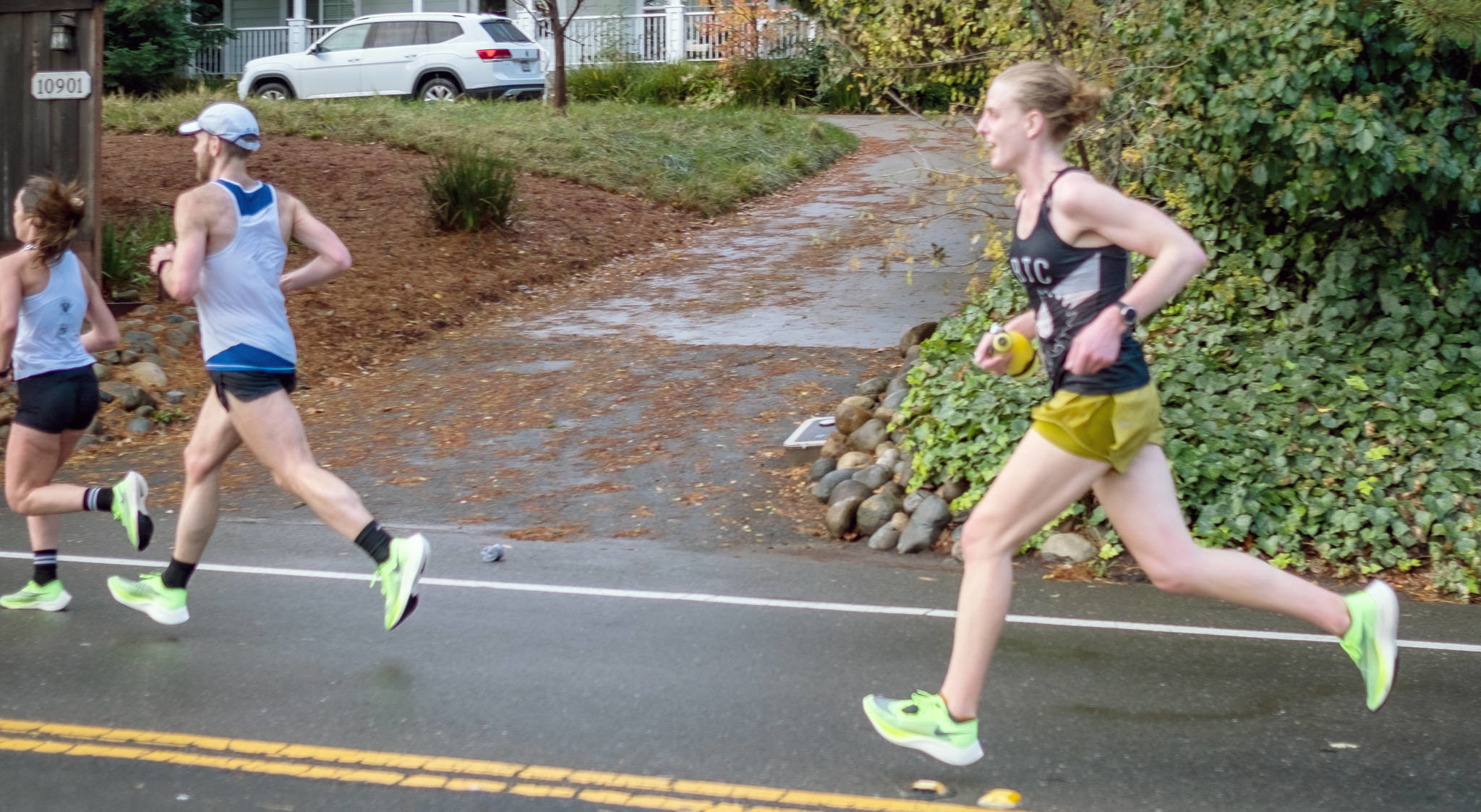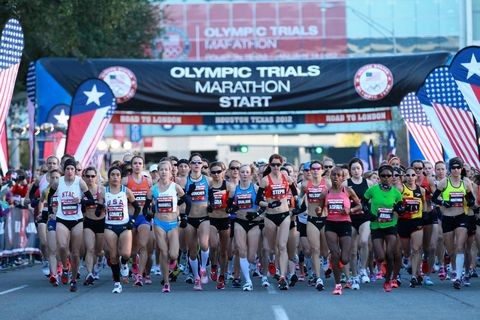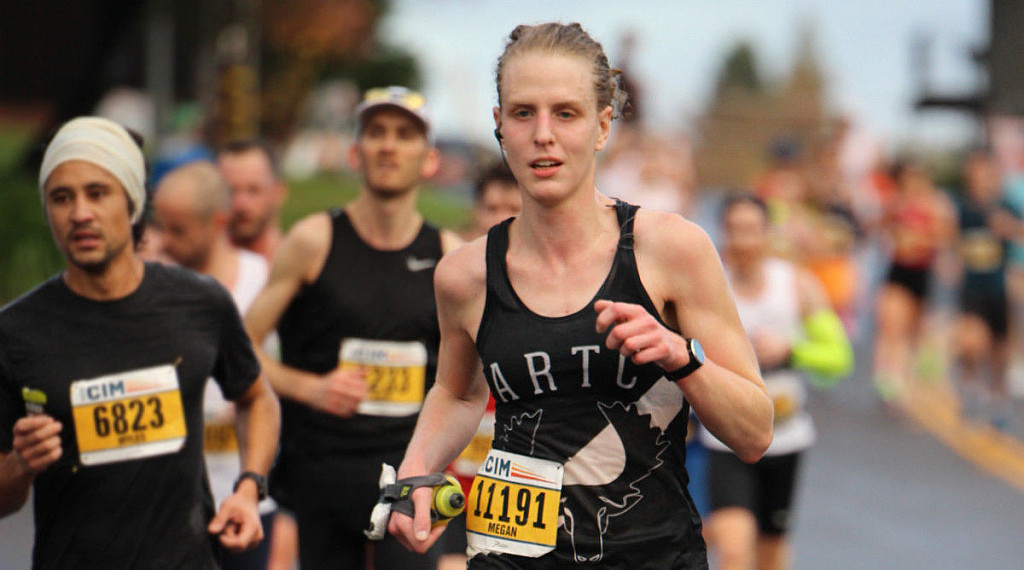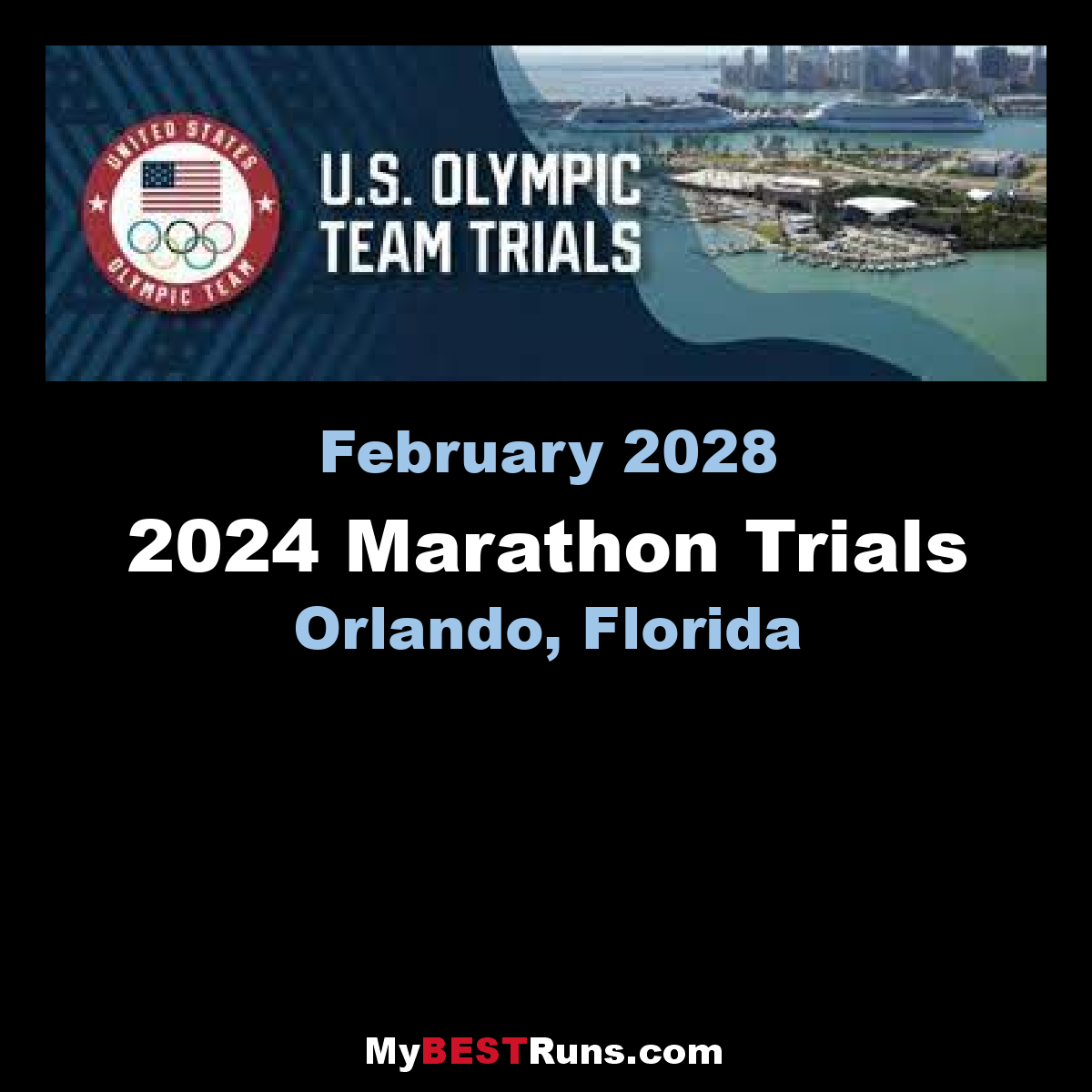Running News Daily
Running News Daily is edited by Bob Anderson. Send your news items to bob@mybestruns.com Advertising opportunities available. Train the Kenyan Way at KATA Kenya and Portugal owned and operated by Bob Anderson. Be sure to catch our movie A Long Run the movie KATA Running Camps and KATA Potato Farms - 31 now open in Kenya! https://kata.ke/
Index to Daily Posts · Sign Up For Updates · Run The World Feed
28-year-old Megan Youngren will be the First Openly Transgender Athlete to Compete at the U.S. Olympic Marathon Trials
Megan Youngren became one of 63 women at the California International Marathon to officially qualify for the 2020 U.S. Olympic marathon trials, the race that will determine the team for Tokyo. Her 40th-place finish in 2:43:52 came as both a relief and a reward, after four months of intense training. But it also marked another significant moment: With her qualification, Youngren is set to make history on Feb. 29 as the first openly transgender athlete to compete at the U.S. Olympic marathon trials.
“I’m open to talking about it to people because that’s the only way you make progress on stuff like this,” says Youngren, who first started taking hormone medication as a college student in 2011. She came out publicly as transgender in ’12 and finalized paperwork for her transition in ’19.
“To my knowledge, and that of other staff who have been with USATF for many years, we do not recall a trans competitor at our Marathon Trials,” spokesperson Susan Hazzard says. Just last month, Chris Mosier was interviewed by The New York Times as the first transgender athlete to qualify for and participate in an Olympic trials in the gender with which he identifies. Mosier is the first trans man to compete with cisgender men at the 50-kilometer race walk in Santee, Calif. “For me, it’s all about making a pathway for all the trans athletes that come after me,” he told the Times.

In 2013, Youngren started running to lose weight and boost her health after transitioning, and now she primarily races on trails and runs up and down mountains for fun. Youngren says that running helped alleviate any lingering symptoms from a case of shingles. By 2014, she was running consistently, but with little structure to her training. An Alaska native, Youngren ran her first marathon at the 2017 Equinox Marathon in Fairbanks in 4:48, on a course with an unforgiving 3,285 feet of elevation gain and loss. Despite the difficulty and cramping, she credits that race as the one that got her hooked on the 26.2-mile distance.

At the 2019 Los Angeles Marathon, Youngren managed to get her time down to 3:06:42, which propelled her to seek out a sub-three-hour goal for the first time. At the time, she was working at a bakery and her job required a lot of manual labor, but she still managed to fit in runs after work. When the bakery closed in September, it freed up some time in her day to run more, and Youngren’s mileage eventually reached 85 per week, with the majority on trails.
“I thought that if I worked incredibly hard and took some huge risks that I could run a 2:45,” Youngren says. “People will try to put it down by saying, ‘That’s too easy because you’re trans.’ But what about the 500 other women who will qualify? There’s probably someone with the exact same story. I trained hard. I got lucky. I dodged injuries. I raced a lot, and it worked out for me. That’s the story for a lot of other people, too.”
Before the California International Marathon, Youngren’s previous PR was a 2:52:33 set in August at the Anchorage RunFest’s Humpy’s Marathon, where she battled heavy winds and was on qualifying pace through 18 miles.
“I’ve had multiple times this year when I thought I was going to hit that time but then fell apart,” Youngren says. “This time, it was really hard but I made it through. The race itself broke me mentally.”
by Chris Chavez
Login to leave a comment
2028 US Olympic Trials Marathon
Most countries around the world use a selection committee to choose their Olympic Team Members, but not the USA. Prior to 1968, a series of races were used to select the USA Olympic Marathon team, but beginning in 1968 the format was changed to a single race on a single day with the top three finishers selected to be part...
more...




